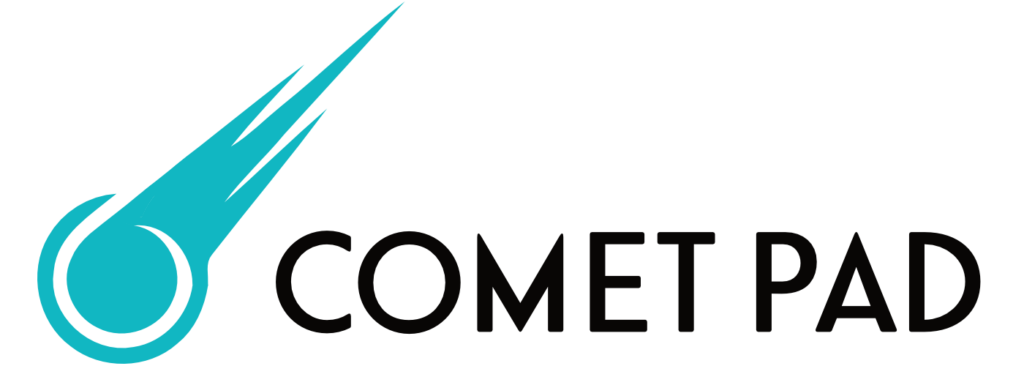“Go Brain! Go find your smile!”
Pinky
Are you ready to start your building your website, well then you need to have a plan and stick to it if you want to have a successful build. A plan allows you to think through the design, content, and functionality of your site so that you can ensure it meets the needs of your intended audience. Without a plan, you risk wasting time and money on an ineffective website.
20 Steps to Help Your Website Take Over the World

1. Define Objectives: Before beginning the website planning process, it is important to have a clear understanding of your goals. What do you hope to achieve with your website? Do you plan to use it as a platform to generate leads, increase brand awareness, or both? Understanding the objectives of your website will help guide all other decisions throughout the planning process.
2. Identify Target Audience: Who will be visiting your website? Knowing who you are targeting will help determine which features and designs should be included in your website. Consider factors such as age, gender, location, industry, interests and more when identifying who you are targeting with your website.
3. Establish Brand Identity: Take some time to consider how you want to represent your brand on your website. What colors and fonts will be used? What tone and messages should the content convey? All these elements should work together to create a cohesive brand identity that reflects who you are and what you stand for.
4. Research Competitors: Take some time to research what other websites in your industry are doing in terms of design, functionality, and content. This can give you an idea of what works well with visitors and may provide inspiration for elements that you can include in your own website design.
5. Outline Content Strategy: Before beginning the design process it is important to determine what content needs to be included on the site and how it should be organized for maximum impact. Consider whether additional forms or surveys need to be included and how they should be integrated into the design of the page.
6. Select Website Platform: Depending on the complexity of features needed for the website there are several options available when selecting a platform such as WordPress or Squarespace or Shopify etc. Consider ease of use, cost effectiveness, scalability and security when selecting a platform for your website build out.
7. Create Site Map: Developing a sitemap is an important part of organizing content for optimal user experience (UX). This will help ensure visitors can easily navigate through pages without getting lost or confused by overly complex menus or navigation structure.
8. Develop Wireframes: Using wireframes is an effective way to visually plan out where each element on each page should go before designing the actual pages themselves. This step allows for easy rearrangement of elements until desired layout is achieved.
9. Begin Design Process: Now that your goals have been established, target audience identified, branding implemented, content strategy outlined, platform selected, sitemap created, wireframes created its time to begin designing actual pages. Start by creating basic templates that all other pages can follow then move onto individual page designs based off those templates.
10. Test & Iterate: During this step it’s important to test page designs both internally within organization as well as externally with target audience. This helps ensure all elements are working properly and provides feedback on any changes that need to be made before launching site live.
11. Select Development Team: Now that designs have been finalized its time select development team who will build out functionality and features specified during initial planning process. It’s important to select experienced professionals who understand best practices when building out websites.
12. Integrate Third-party Services: If any third-party services such analytics tools or payment processing systems need incorporated into site now is time do so. Ensure proper integration is done with these services’ prior launching so there no issues once live.
13. Build Out Website Pages: Once your development team has been selected it’s time start building out individual pages according to specifications outlined earlier steps this process. Make sure to include any necessary forms, surveys, etc. during this step too so everything is ready go once your launch date arrives.
14. Finalize Content & Copywriting: During this step create any additional content needed and make sure to adhere to your branding guidelines established earlier during process. Now is also the time to take care of copywriting, ensuring accurate grammar and spelling along way.
15. QA & Testing: Once all pages have been built it’s time conduct Quality Assurance (QA) testing make sure everything working properly before launching. That means testing links, navigation, forms, etc.
16. Finalize SEO Strategy: Many businesses overlook importance SEO has on their sites and ranking, but by taking some extra care during the initial development stages to make sure your pages are optimized properly and will give you better chances success in SERPs.
17. Launch Site Live & Monitor Performance: After all 16 steps are completed – its finally launch day! Make sure monitor performance post launch, measure key metrics such visitor numbers and conversion rates, etc.
18. Establish Maintenance Plan: In order keep up date with latest technologies and trends its important establish a regular maintenance plan keep things running smoothly. We recommend hiring a website maintenance company that will monitor uptime, provide hosting, as well as keeping your site secure.
19. Create Support Documentation: Creating support documentation makes it easier to troubleshoot any issues may arise down line.
20. Evaluate Performance & Make Adjustments: Finally, evaluate performance regularly and make adjustments if necessary. You may find that some pages perform better than others, or some links may stop working properly.
Making sure that you have a comprehensive plan in place before beginning work on your website is key. A well-thought-out plan helps keep costs down while ensuring that all relevant details are taken into consideration during the design process so that users have an enjoyable experience with the end result.
Need help with getting going? Check out our website design packages or schedule a call with our team and let us do all the heavy lifting.



